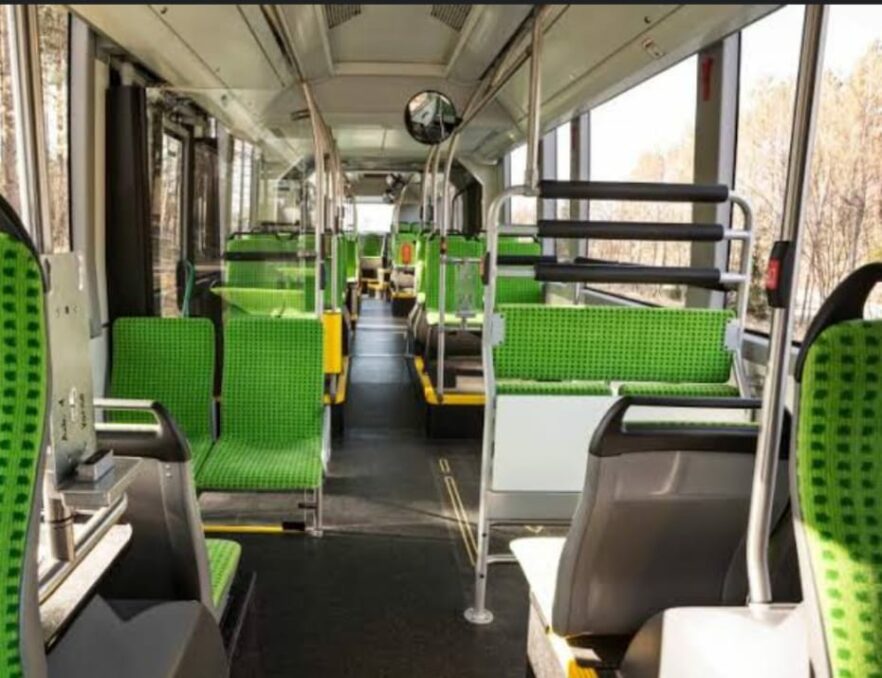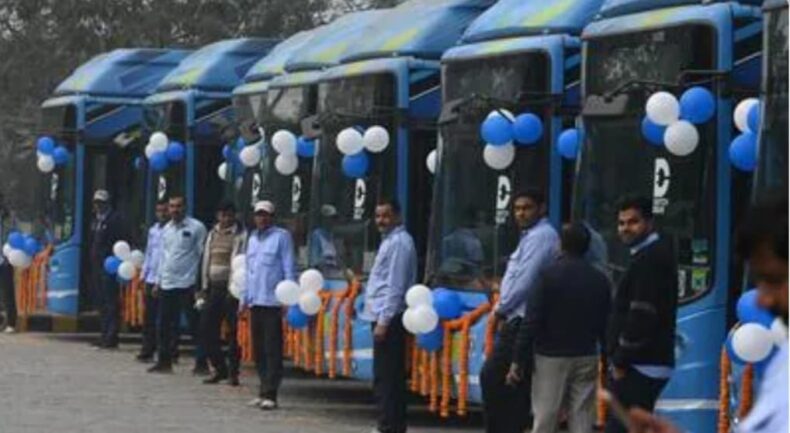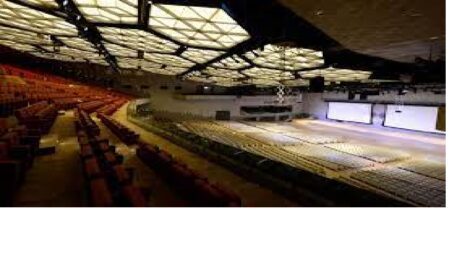(DTC) has recently received a batch of 100 electric buses, with plans to add a total of 1,500
such buses by the end of the year.
Delhi has taken significant steps towards increasing its electric bus fleet in an effort to combat pollution and promote sustainable transportation.
The Delhi Transport Corporation (DTC) recently received a batch of 100 electric buses, with plans to add a total of 1,500 such buses by the end of the year. This addition will bring the total number of e-buses in Delhi to 1,800. The buses will operate from the Mayapuri depot and will initially run on various routes.
DTC currently operates –
DTC currently operates 300 e-buses along with a fleet of 4,060 buses, including both AC and non-AC low-floor buses. Under a 12-year agreement, a private company will be responsible for the operation and maintenance of a fleet of 1,500 12-meter low-floor AC electric buses. The buses are emission-free and produce no noise. The routes for the new e-buses will be finalized soon, and all necessary clearances will be obtained from the traffic police and transport department.

Features of New e-buses
The new e-buses feature improvements such as increased charging capacity, more spacious interiors, disability-friendly features, GPS, panic buttons, CCTV cameras, live tracking, and reserved seats for women. These enhancements address the limitations of the existing e-buses, which lacked live tracking, had less space, and lower charging capacity.

Routes of New e-buses
The initial focus for the new e-bus routes will be on connecting Delhi University colleges and areas in South Delhi, including the Mudrika route that covers the ring roads. Major stops along this route include AIIMS, Lajpat Nagar, ITO, Delhi Gate, Kashmiri Gate, and Delhi University campuses.The newly introduced e-bus routes are expected to encompass Patel
Nagar, Mandi House, Patparganj, and Karol Bagh, among other areas.
Need for robust charging infrastructure
To support the growing electric bus fleet, Delhi needs a robust charging infrastructure.
Experts emphasize the importance of expanding and enhancing charging facilities to ensure seamless operations, optimize efficiency, and reduce pollution.
Delhi governments Aim and Objective
The government aims to increase its electric bus fleet to 8,280 buses by 2025 as part of its EV policy to combat pollution levels.
Delhi has taken this steps in an effort to combat pollution and promote sustainable transport.
The improved features and expanded routes of the new e-buses, along with the importance
of a robust charging infrastructure, contribute to Delhi’s efforts to reduce pollution and set an example for other cities.

pollution is a significant concern in cities like Delhi, and electric buses (e-buses) play a crucial role in combating this issue. The introduction of e-buses helps reduce air pollution and greenhouse gas emissions, as they produce zero tailpipe emissions and have lower overall emissions compared to traditional diesel or petrol buses.
By transitioning to electric transportation, cities can make a significant contribution to improving air quality and addressing climate change.
In summary, Delhi is making significant progress in increasing its electric bus fleet. The recent addition of 100 e-buses, with plans for 1,500 more by the end of the year,
demonstrates the city’s commitment to sustainable transportation.













